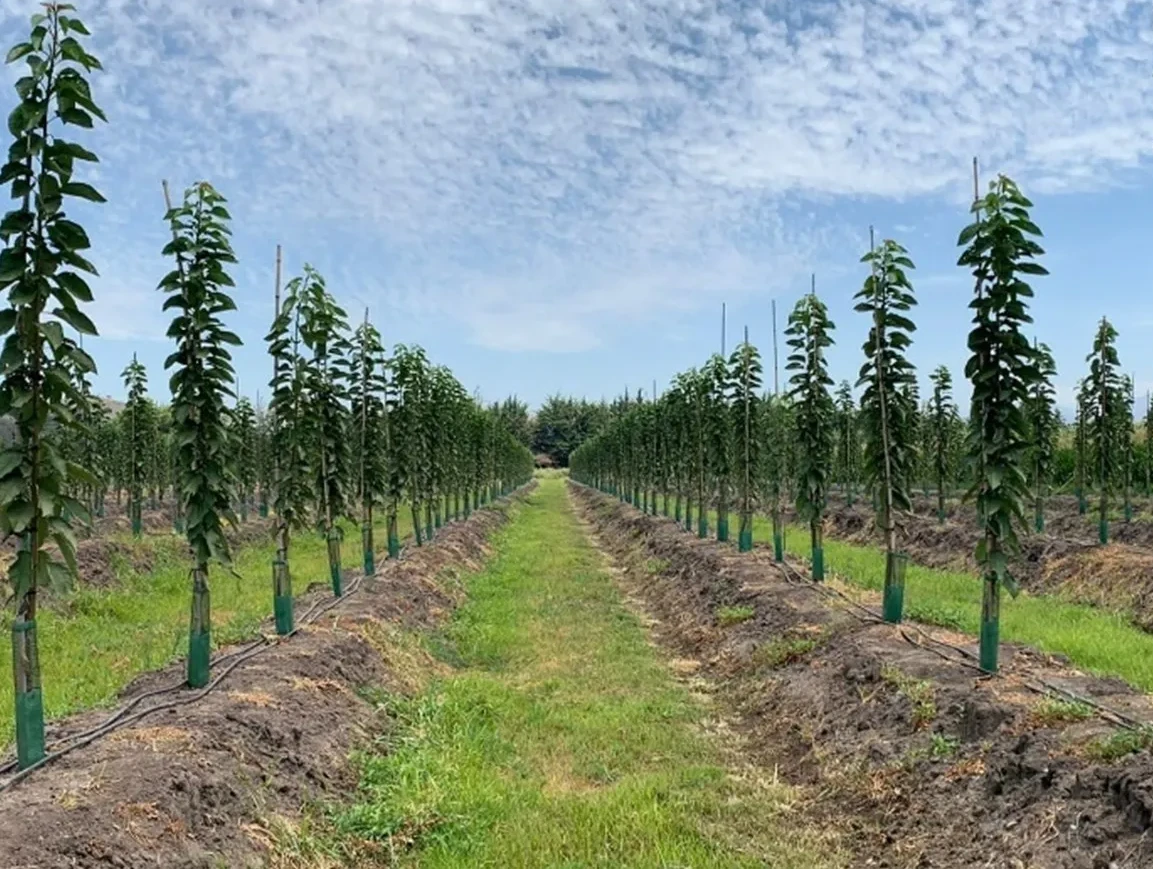Each season, we face new production challenges and assess different management strategies to ensure that our plants reach their full potential in terms of volume, quality, and fruit condition. For this reason, it is essential to understand our production potential based on the flowering for the current season, which starts to be generated in the previous season, at the end of phase 1 of fruit growth.
At this stage, a series of hormonal changes begins in the bud, marking the transition from vegetative bud to flower bud. Specifically, in the cherry tree, fruiting occurs in two structures or fruit centers. The first is the base of the twig, where some vegetative buds become single-flower buds, producing flowers for only one season before disappearing.
Secondly, the formation of spurs, which are perennial structures consisting of a central vegetative bud and flower buds at the axil, which are annual. This means that new flower buds will form each season as the spur elongates.
This change in vegetative buds is directly linked to competition for photoassimilates, where light, irrigation, nutrition, and fruit load, among others, interact to determine the number of flowers for the next season. This is a reversible phase, meaning it can be manipulated and reversed with certain management practices, also considering the growth of fruits and buds, which generates strong competition for photoassimilates produced by photosynthesis during the stone hardening phase.
During the flower induction phase, the quantity of flowers is established, while in the flower differentiation phase, the quality of the flowers is determined in terms of the proper formation of floral organs. Both phases depend on orchard management in terms of water, nutritional, and light relationships.
Quantifying Quantity and Quality
During the dormancy season, we can know with precision the flower supply based on an analysis of the buds. Representative fruiting centers from a target population are sampled, and the buds are analyzed to quantify the quantity and quality of flower buds.
This process counts both the number of reproductive buds in the fruit centers and the number of floral primordia contained in these buds, distinguishing between healthy primordia and those with a degree of damage. The product of these two averages generates the so-called potential fertility of the buds.
Based on the results of approximately 2,800 bud analyses conducted between 2018 and 2024 by Brota R&D, potential fertility is observed in spurs and twigs of the main cherry varieties cultivated in Chile (Figure 1).
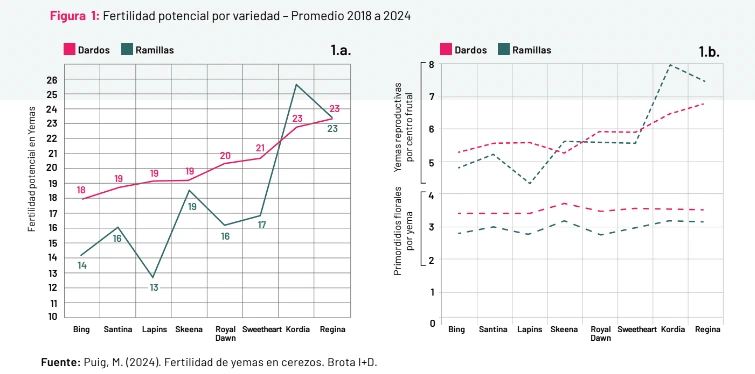 Image 1: Potential fertility by variety - 2018-2024 average.
Image 1: Potential fertility by variety - 2018-2024 average.
Fertility varies according to the fruiting patterns of the varieties, where Bing, Santina, Lapins, Skeena, Royal Dawn, and Sweetheart show higher fertility in spurs, ranging from 18 to 21 flowers per spur, while in twigs there is greater dispersion, with a range between 13 and 19 flowers. Kordia and Regina, with a mixed fruiting model, have 23 flowers on spurs and a similar or even higher number on branches.
Figure 1 shows that fertility variability among varieties is more influenced by the number of reproductive buds in spurs and twigs than by the number of floral primordia per bud. In spurs, the number of reproductive buds ranges from 5.3 to 6.7, while in twigs it varies between 4.8 and 7.4 buds. The number of floral primordia per bud ranges from 3.4 to 3.7 in spurs and from 2.8 to 3.2 in twigs.
Observing the flower supply over the past seven seasons of the two varieties most important in terms of fruit volume for the Chilean industry (Figure 2), we note that in Santina fertility shows an overall average of 18.8 flowers in spurs and 15.8 flowers in twigs. Notably, there was a low fertility in 2023, with 2.2 fewer flowers in spurs and 2.1 fewer flowers in twigs compared to the overall average.
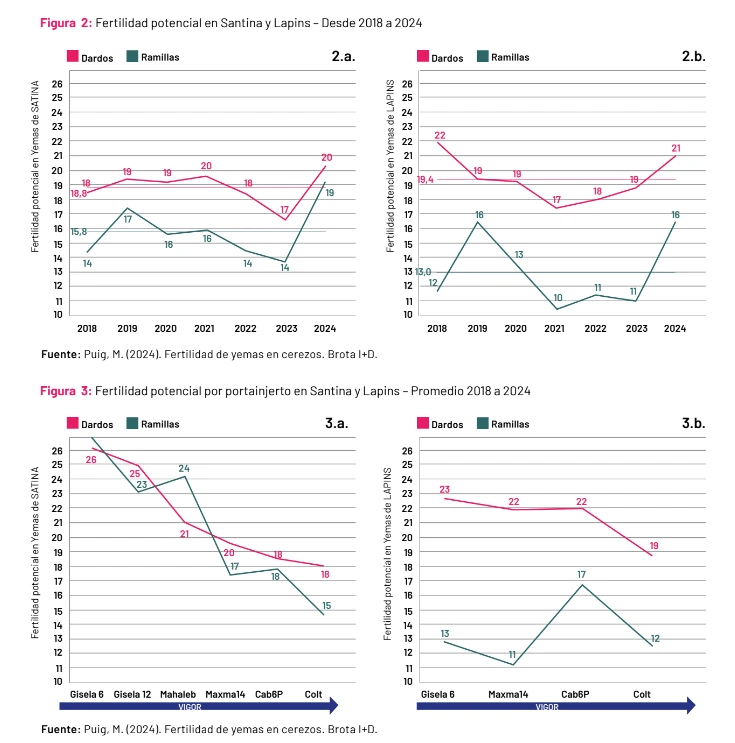 Image 2: Fertility potential in Santina and Lapins - From 2018 to 2024. Image 3: Potential fertility for rootstock in Santina and Lapins - Average from 2018 to 2024.
Image 2: Fertility potential in Santina and Lapins - From 2018 to 2024. Image 3: Potential fertility for rootstock in Santina and Lapins - Average from 2018 to 2024.
This year saw a significant increase in fertility, with 1.5 more flowers on spurs and 3.3 more on twigs compared to the average of recent seasons. For Lapins, the overall average over the past seven seasons is 19.4 flowers on spurs and 13.0 on twigs. After three consecutive years of low fertility, this year shows an increase, with 1.6 more flowers on spurs and 3.3 more on twigs compared to the recent seasons' average.
The variety/rootstock combination shows significant variability in the flower bud supply per fruit center, as well as in the number of flower buds per bud, largely due to the greater fertility and precocity of dwarfing rootstocks like the Gisela series. On the other hand, more vigorous rootstocks also provide lower fertility and precocity to the combination (Figure 3).
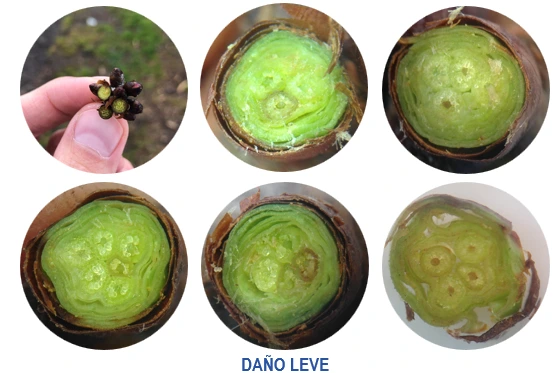 Image 4: Minor damage.
Image 4: Minor damage.
In general, in this season’s spurs and twigs, there is a higher fertility potential compared to previous years, providing positive prospects for production. However, it is also essential to consider other factors that influence the production outcome, such as the load of fruit centers on the plants and their reserve level.
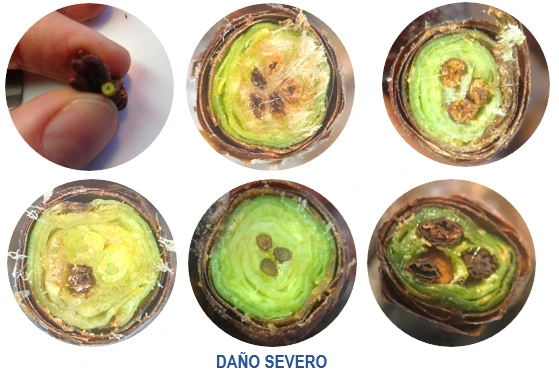 Image 5: Severe damage.
Image 5: Severe damage.
Only through bud analysis can the true flowering potential of a season be known, allowing us to precisely define the best management strategies to improve the size, quality, and condition of the fruits. In fruit growing, what cannot be measured and quantified cannot be controlled or improved.
Source: Mundoagro
Images: Mundoagro
Christian Gallegos Martinez; Melania Puig Frutos
Agricultural Engineer, director, and founder of Berrycherry; Agricultural Engineer, general director of Brota I+D
Cherry Times - All rights reserved










